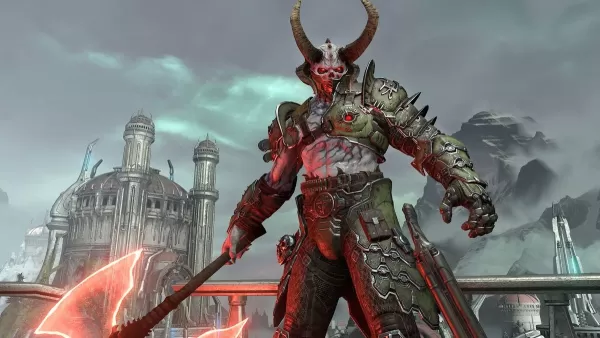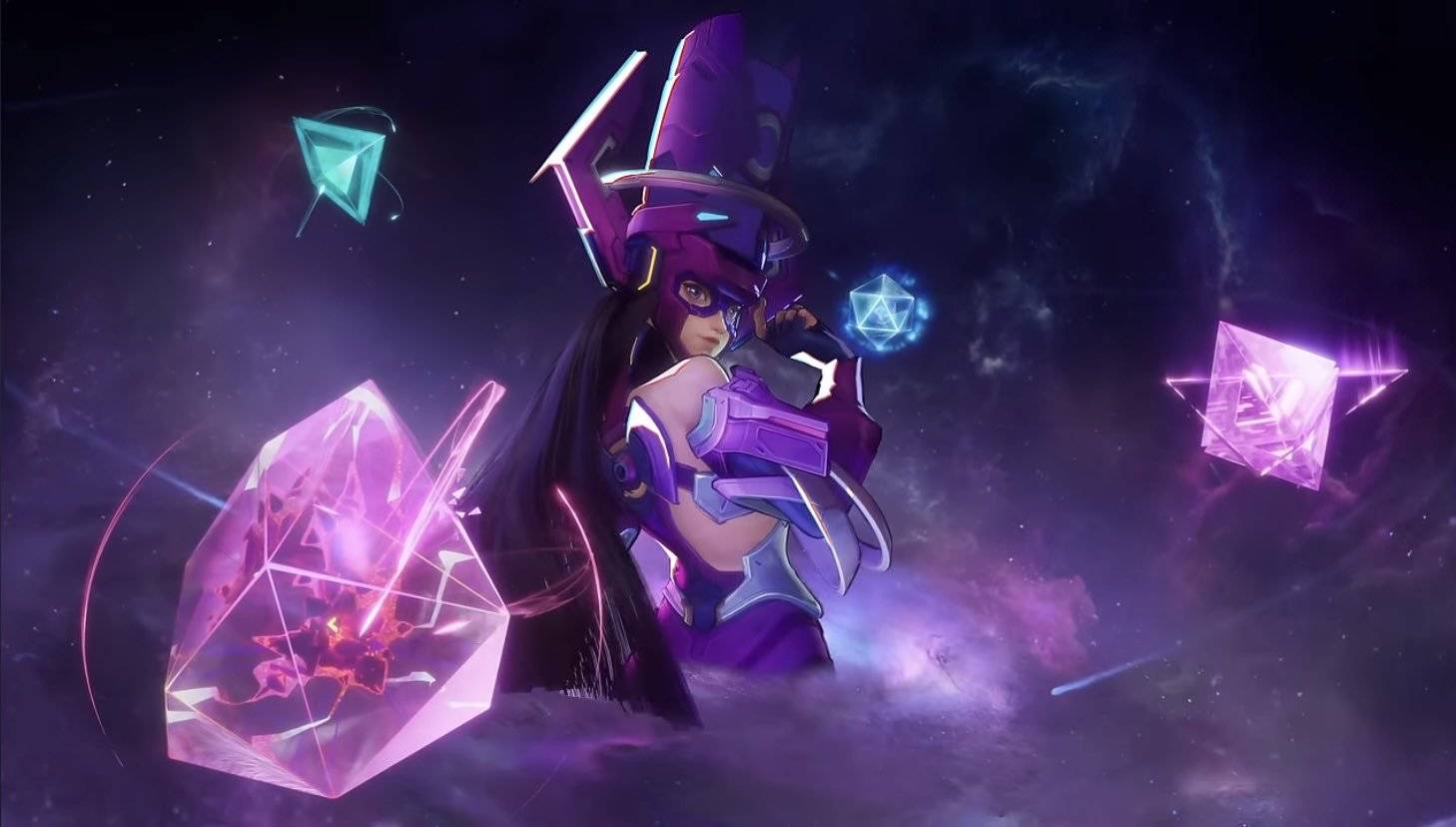When director Hugo Martin unveiled the mantra "stand and fight" for Doom: The Dark Ages during Xbox's Developer Direct earlier this year, it immediately piqued my interest. This approach starkly contrasts with the frenetic, movement-based combat of id Software's previous title, Doom Eternal. However, one enemy in Eternal, the Marauder, already embodied this philosophy. The Marauder is perhaps the most divisive enemy in any Doom game, yet it's an enemy I personally adore. The moment I realized that Doom: The Dark Ages' combat revolves around reacting to bright green lights—just like defeating the Marauder—I knew I was hooked.
Rest assured, The Dark Ages doesn't trap you in a frustrating brawl with an enemy as challenging as Eternal's Marauder. While it introduces the Agaddon Hunter, who wields a bulletproof shield and unleashes a deadly combo attack, the essence of Eternal's challenging encounters is woven into the fabric of every enemy in The Dark Ages. The game's core combat design reinterprets, recalibrates, and reforges the Marauder's principles. The result? Every encounter feels as strategic as a Marauder showdown, yet without the same level of irritation.
The Marauder is an anomaly in Doom Eternal. Combat in Eternal usually involves darting around arenas, dispatching weaker enemies and juggling larger ones. Often described as a management game, Eternal requires you to juggle speed, space, and shotguns to control the horde. However, when the Marauder appears, all that goes out the window. This formidable foe, with his axe swings, demands your full attention and is typically encountered in one-on-one scenarios. When he appears amidst larger battles, the best strategy is to dodge his attacks, clear the surrounding enemies, and then—finally—stand and fight.
 Doom Eternal's Marauder is one of the most controversial enemies in FPS history. | Image credit: id Software / Bethesda
Doom Eternal's Marauder is one of the most controversial enemies in FPS history. | Image credit: id Software / Bethesda
Standing still isn't what "stand and fight" means here; this is Doom Eternal, after all. Instead, it's about dominating the space through strategic positioning. Get too close, and the Marauder will nail you with a devastating shotgun blast that's nearly impossible to avoid. Retreat too far, and he'll pelt you with projectiles that are easier to dodge, but you'll be out of range for his axe swing. You actually want him to swing that axe because the only time he's vulnerable is during the wind-up of his attack. His energy shield absorbs all your bullets, so you need to find the perfect spot where he'll drop his guard and go in for the kill. When his eyes flash bright green, that's your signal: you have a fleeting window to blast him.
Bright green flashes are also crucial in Doom: The Dark Ages. In homage to the series' origins, demons unleash volleys of bullet-hell-like projectiles. Among these, special green missiles can be parried using the Doom Slayer's new shield, sending them back to their sender. Initially, this is a defensive tactic, but as you unlock the shield's rune system later in the game, parrying becomes a vital offensive tool. It can stun demons with lightning or trigger your shoulder-mounted, auto-targeting cannon.
Navigating the battlefields of The Dark Ages involves a series of focused one-vs-one confrontations with various powerful demons. Unlike in Marauder fights, your survival isn't solely dependent on these green lights. Effective use of more traditional tools can lead to victory, but the shield runes make parrying one of the most powerful elements in your arsenal, encouraging frequent use. Integrating parrying into your combat strategy reveals the shared foundations with Eternal's Marauder battles. You need to find the optimal distance—demons won't fire projectiles up close—and when green orbs appear, you must position yourself correctly to catch them. Then, much like timing the Marauder's swing, you need swift reflexes to execute the parry. This requires concentration, turning your journey through The Dark Ages' battlefields into a series of strategic stand-and-fight encounters.
The Marauder's main criticism was its disruption of Doom Eternal's flow. It demanded a different approach than the techniques used to overcome other challenges. This is precisely why I love the Marauder: while the rest of the game is a ballet, it forces you to breakdance. Doom Eternal broke the rules of first-person shooters, requiring players to rethink resources, weapons, and engagements. The Marauder broke those rules even further, presenting the ultimate challenge. While I relish this challenge, I understand why many players found it frustrating.

 Doom Eternal's Marauder is one of the most controversial enemies in FPS history. | Image credit: id Software / Bethesda
Doom Eternal's Marauder is one of the most controversial enemies in FPS history. | Image credit: id Software / Bethesda LATEST ARTICLES
LATEST ARTICLES 












